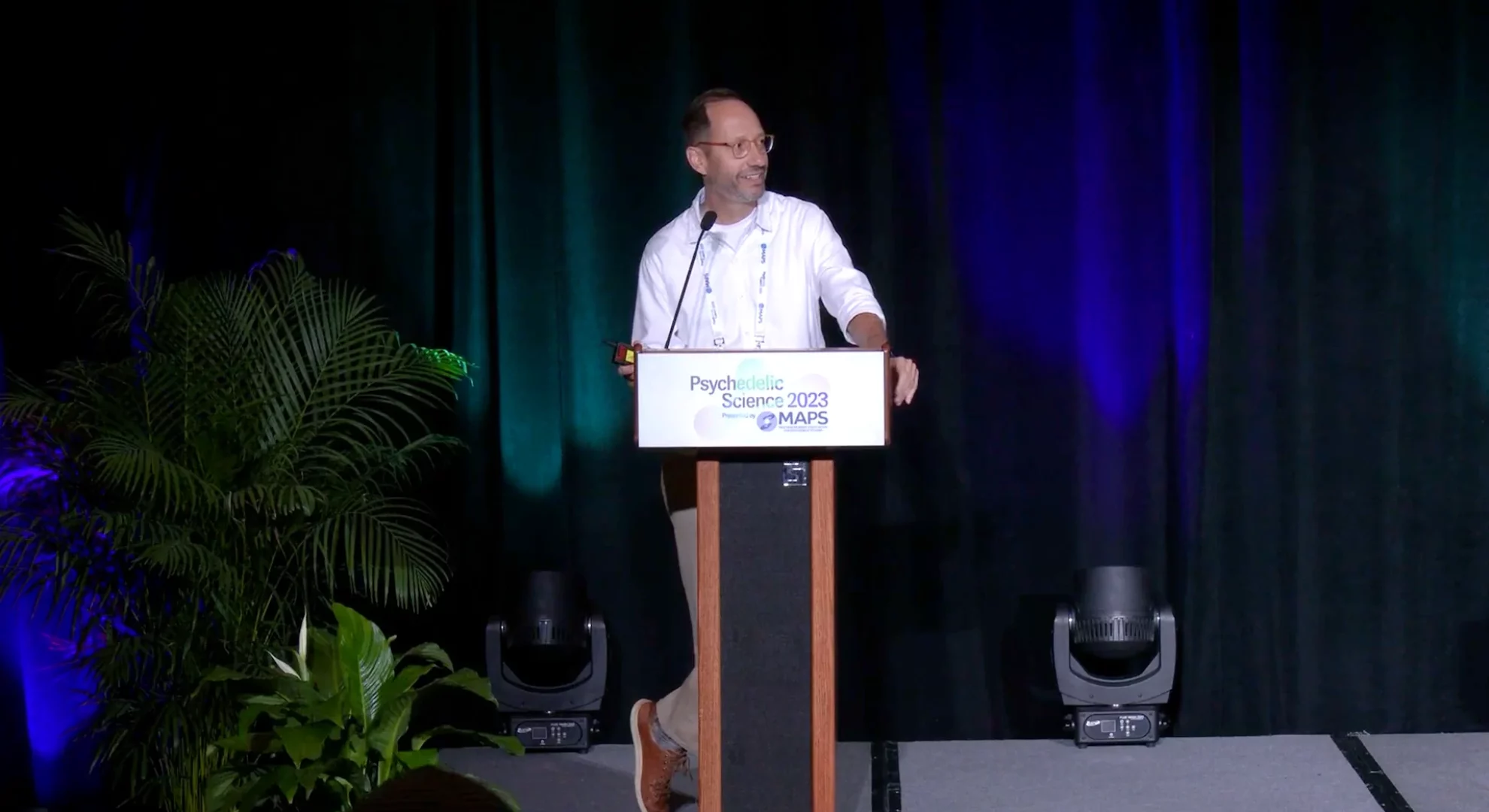
Exploring the Use of Human Brain Organoids to Study Psychedelics
Brain organoids are tiny, three-dimensional structures that look like miniature brains. They are created in the lab from induced pluripotent stem (iPS) cells reprogrammedfrom skin or urine cells of human volunteers. These live pieces of human brain tissue are grown to study how the brain forms, how brain diseases develop, and the effects of drugs and other factors in neuronal cells. We have taken a cutting-edge approach to investigate the effects of psychedelics on brain organoids, including substances such as LSD, 5-Meo-DMT, psilocin, and Ayahuasca's beta-carbolines. Our recent findings shed new light on their mechanisms of action beyond neuroplasticity, indicating howpsychedelics may have therapeutic potential for conditions like inflammation and neurodegeneration. Working with clinicians, psychologists, and other experts, the use of brain organoids has the potential to greatly expand our understanding of psychedelics and help develop new therapeutic strategies. Our research addresses a number of key translational questions, including the potential for alternative mechanisms, efficacy in different neural cell populations, and emerging properties including human neurotoxicity of new psychoactive substances. This research is an important step toward a better understanding of the effects of these substances on the human brain, including consciousness.
Share: Exploring the Use of Human Brain Organoids to Study Psychedelics
Facebook
Twitter
LinkedIn
Email




